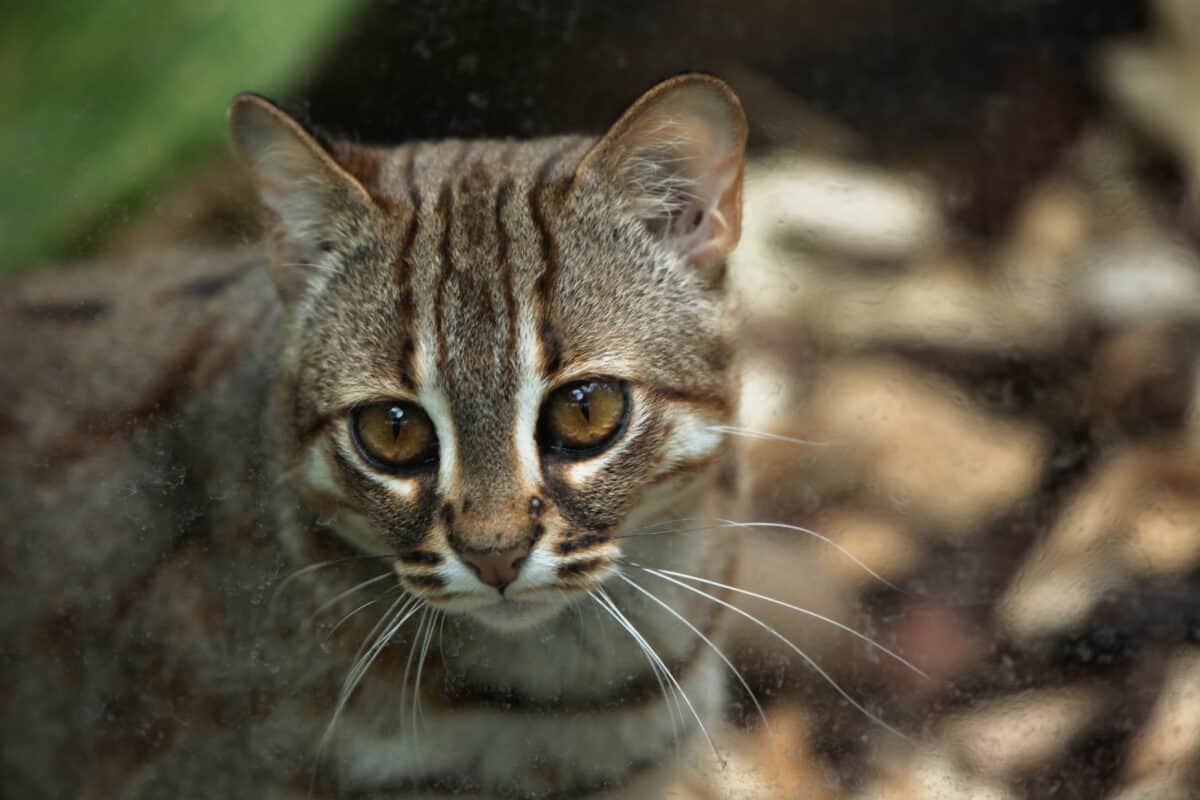Cats are enigmatic creatures, captivating us with their quirky behaviors and graceful movements. While our domestic cats enjoy cozy indoor environments, many of their habits are deeply rooted in their wild ancestry, echoing the behaviors of big cats like lions, tigers, and leopards. Understanding these behaviors can offer a glimpse into the evolutionary journey of our feline friends, further deepening our appreciation for them. Dive into these ten common feline habits and discover their fascinating origins in the wild world of big cats.
10. The Perfect Pounce Hunting Instincts
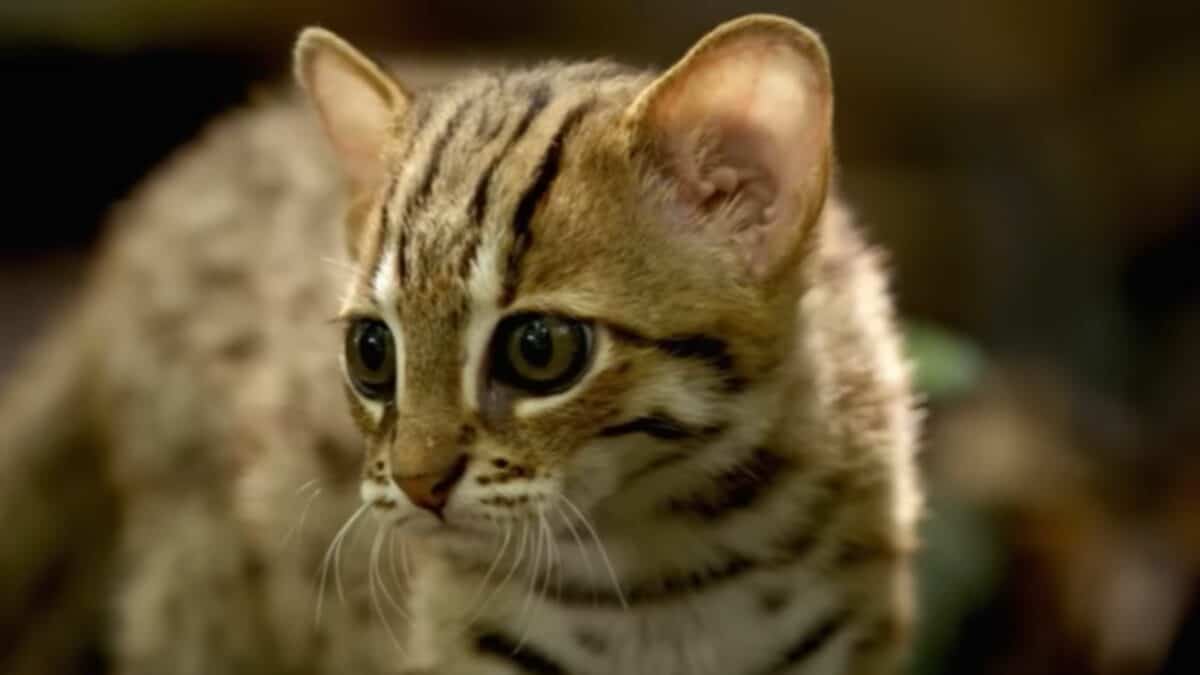
Anyone who has watched a domestic cat play with a toy mouse has witnessed the quintessential hunting instincts shared with their wild relatives. This behavior is inherited from big cats that rely on stealth and precision to capture prey. In the wild, these skills are essential for survival, and while your pet kitty may only “hunt” toys, the practice of stalking and pouncing remains a fundamental trait.
9. The Night Shift Nocturnal Nature

Cats are crepuscular creatures, meaning they are most active during the twilight hours of dawn and dusk. This behavior is a direct inheritance from their big cat relatives who take advantage of these low-light periods for hunting. Your domestic cat’s nighttime prowls are less about preying on their surroundings and more about respecting their natural inclinations given these hours provide a strategic edge in the wild.
8. Grooming Rituals More Than Cleanliness

Big cats spend significant amounts of time grooming themselves, not only for cleanliness but also for regulation of body temperature and bonding with others. Domestic cats inherit this tendency, which can also serve as a calming mechanism. Furthermore, mutual grooming, or allogrooming, among big cats establishes social bonds, a behavior self-grooming domestic cats mimic even in solo conditions.
7. Territorial Tactics Marking Their Domain
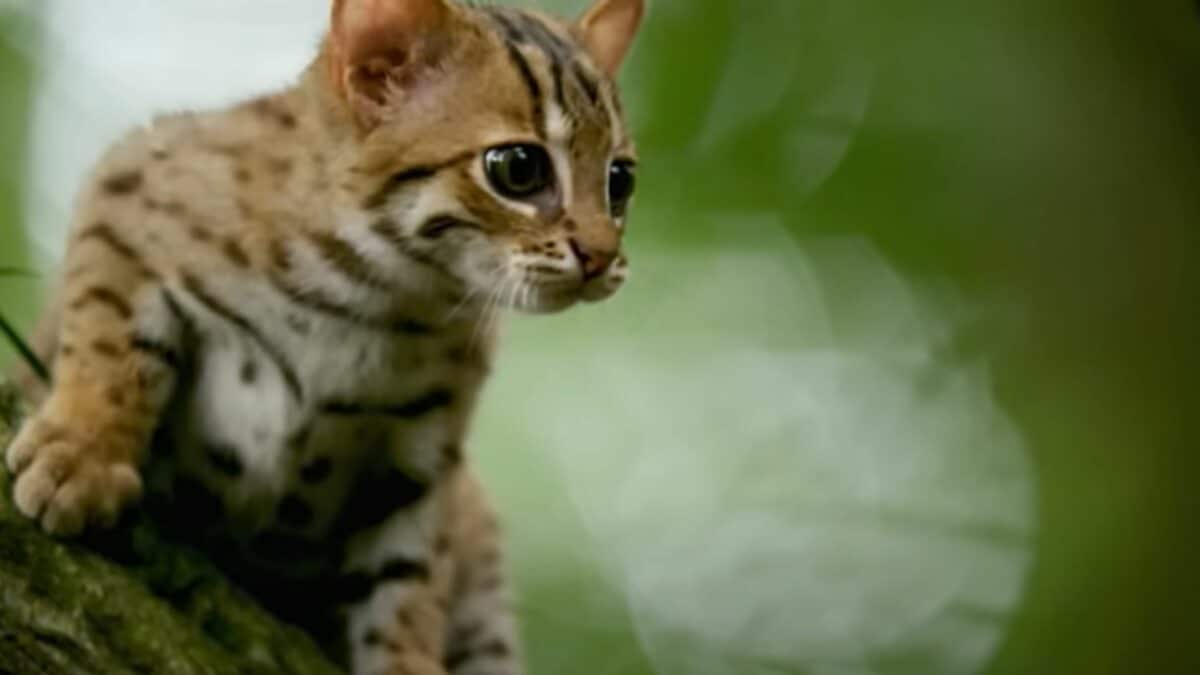
In the wild, big cats use scent marking to delineate territory, a crucial tactic to avoid confrontation with rivals. Similarly, domestic cats may rub their faces against objects or human companions, spreading pheromones from glands located on their cheeks. This behavior not only marks territory but also provides comfort and security.
6. Vocal Communication Beyond Meows
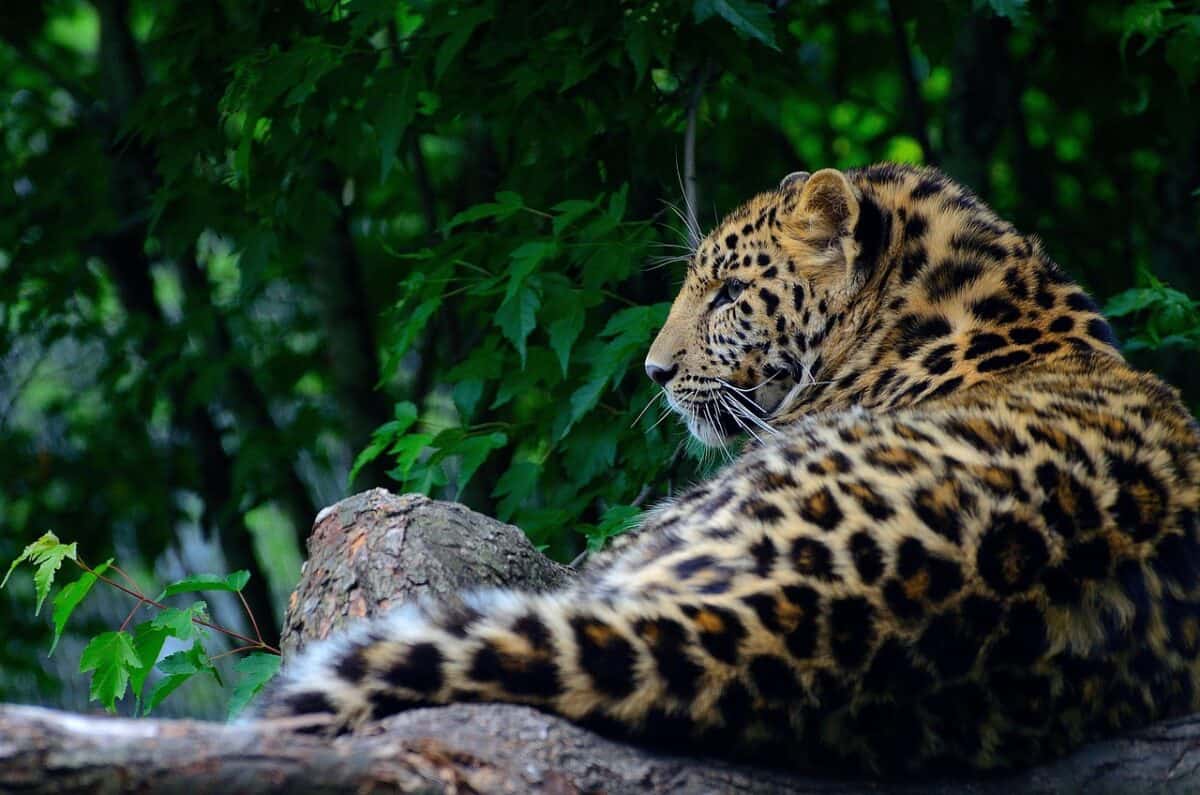
While domestic cats often communicate with humans through meows, big cats such as lions and tigers have a diverse vocal range for interactions. Roaring is primarily used for long-distance communication, establishing dominance, or attracting a mate. While house cats don’t roar, they do utilize a range of sounds like chirps and trills, sharing their vocal flexibility with their larger relatives.
5. Elevation Enthusiasm Love for High Perches
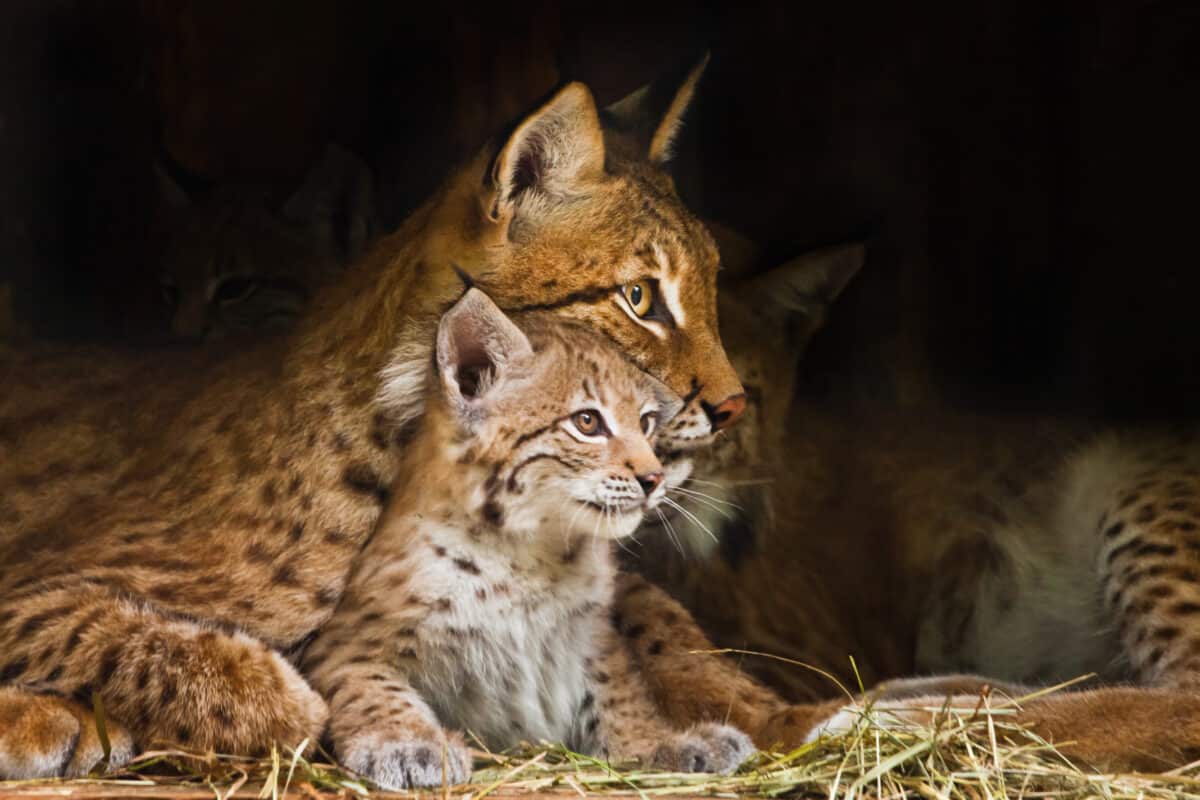
Cats’ innate preference for high places stems from their wild ancestors, who sought vantage points for spotting prey or evading danger. Perching in elevated spots allows cats both at home and in the wild to feel safe and observe their environment from a secure position.
4. Kneading A Legacy of Comfort

Kneading, or “making biscuits,” is a rhythmic action many domestic cats perform, reminiscent of their time as nursing kittens. In the wild, this behavior also persists, with big cats kneading soft ground to create comfortable resting spots or to check the stability of surfaces.
3. Solitary Satisfaction Independent by Nature
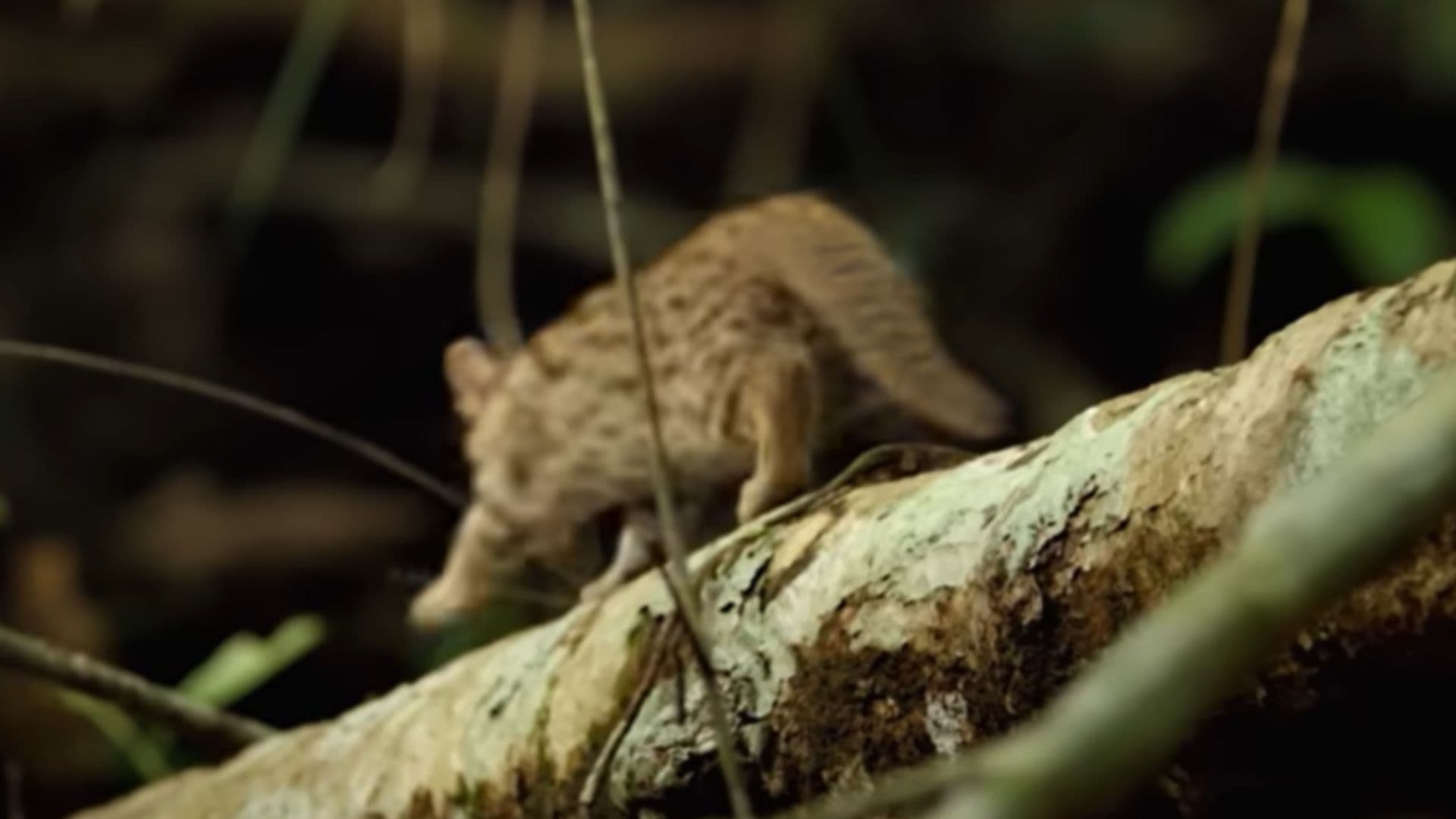
Big cats are known for their solitary lifestyles, with few exceptions such as the social prides of lions. This independence is mirrored in domestic cats, who often enjoy their own company and thrive in solitude. This doesn’t mean they don’t appreciate companionship, but their solitary nature is a defining characteristic rooted in their ancestry.
2. Playfulness with Purpose Mimicking the Hunt
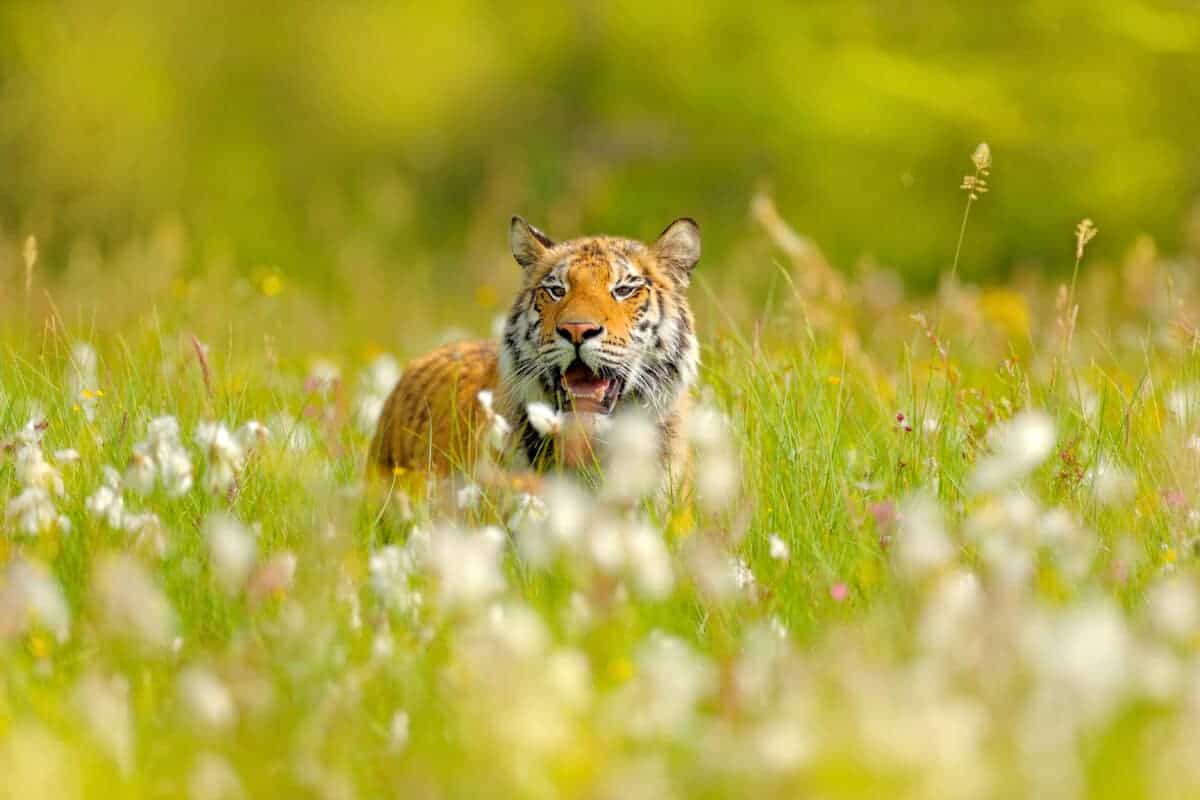
Play is an integral part of both domestic cats and their wild relatives’ development, serving as practice for hunting and defense skills. Big cats often engage in play to strengthen physical and mental agility. Similarly, when your cat plays, it’s honing critical skills in a safe environment.
1. The Art of Stretching Flexibility and Fitness
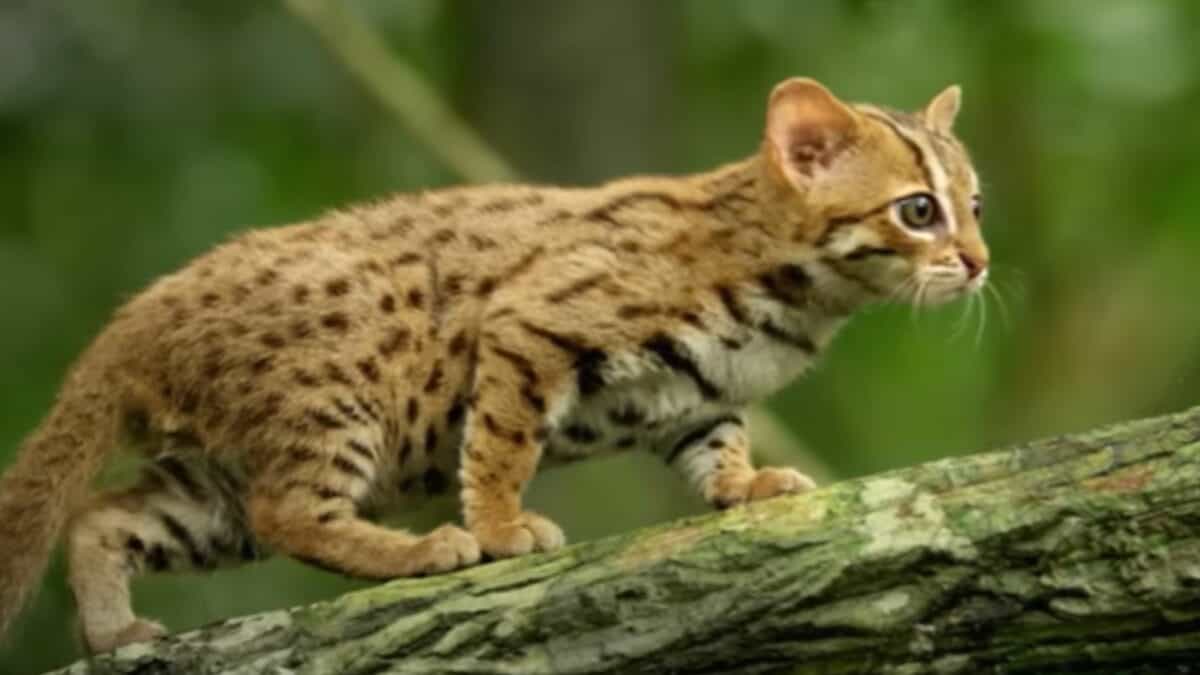
Big cats are renowned for their agility and need to stretch muscles to maintain their prowess. Domestic cats maintain this practice to ensure flexibility and muscle health. Regular stretching benefits these agile creatures, contributing to their signature graceful movements.
Conclusion Connecting to Their Wild Roots

While domestic cats differ greatly from their wild relatives in terms of environment and social dynamics, they share a fascinating array of behaviors with big cats. These habits, from hunting instincts to grooming practices, offer invaluable insights into their evolutionary roots. Understanding these connections enriches our bond with them, and recognizing these behaviors as vestiges of their wild heritage heightens our appreciation for the complex, captivating nature of cats. Their charming idiosyncrasies are a living link to the wild, making them endlessly fascinating companions.
- 10 Common Chicken Behaviors and What They Mean - August 9, 2025
- 14 Creatures That Can Freeze and Thaw Back to Life - August 9, 2025
- 10 Animals That Risked Their Lives to Save Humans - August 9, 2025

